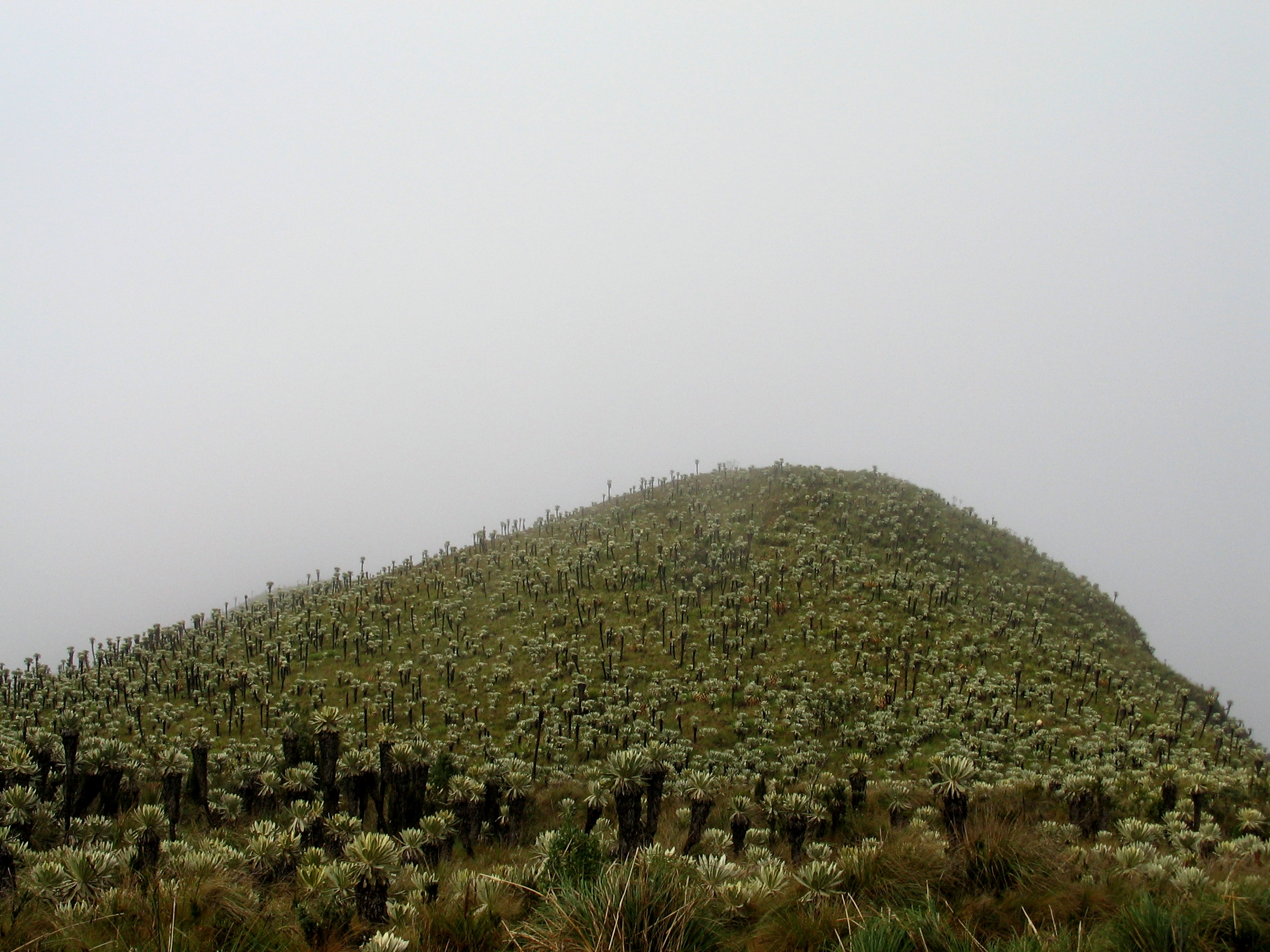Espeletia
Enlarge text Shrink textEspeletia, commonly known as 'frailejones' ("big monks"), is a genus of perennial subshrubs, in the family Asteraceae. The genus, which is native mainly to Colombia, Venezuela and Ecuador, was first formally described in 1808. The genus was named after the viceroy of New Granada, José Manuel de Ezpeleta. The plants live at high altitude in páramo ecosystems. The trunk is thick, with succulent hairy leaves disposed in a dense spiral pattern. Marcescent leaves help protect the plants from cold. The flowers are usually yellow, similar to daisies. Some members of the genus exhibit a caulirosulate growth habit. The frailejón plant is endangered due to destruction of the páramo for agricultural purposes, especially potato crops. This activity continues, despite the Colombian government declaring it illegal. Since about 2010 the plants have also come under attack by beetle larvae, a moth and a fungus, some new to science but suspected to be related to climate change which allows lower-altitude species to flourish. Espeletia is well known for contributing to the world in water sustainability by capturing water vapor from passing clouds in its spongy trunk and releasing it through the roots into the soil, thus helping to create vast high-altitude subterranean water deposits and lakes that will eventually form rivers.
Read more on Wikipedia >
 Topic
Topic





